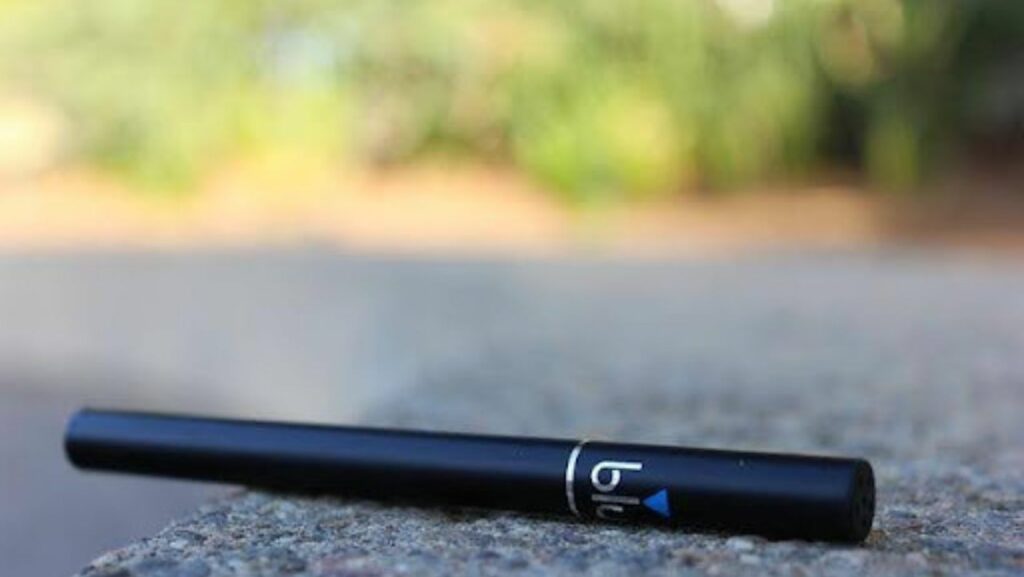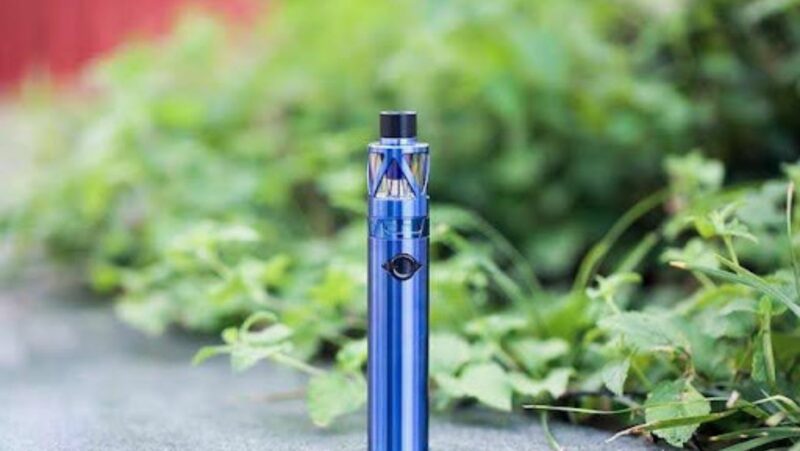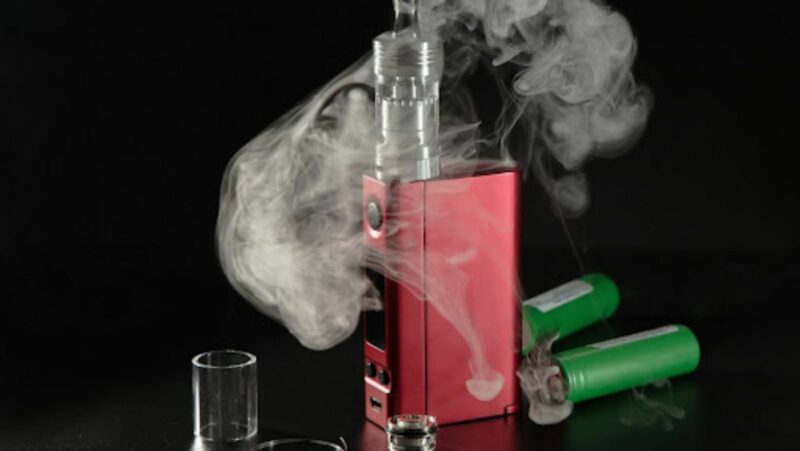
Many students use e-cigarettes in school locker rooms and bathrooms, creating a major concern for schools throughout the nation. The solution for many is to use vape detectors to achieve a healthy and safe educational atmosphere.
Visit https://edtechmagazine.com/k12/article/2023/03/5-tips-getting-most-out-vaping-detectors-schools for tips on getting the most out of vaping detects in the school system.
A vape detector continuously monitors the air quality in a specific location, like the school’s bathroom. The sophisticated detectors can recognize particles to “0.3 microns” for a wide array of harmful substances.
These include nicotine, a leading cause of lung disease and heart issues; THC oil or marijuana, a contributor to impairments like poor coordination, drowsiness, slow reactions, and lack of focus; VOCs- volatile organic compounds, a link to cancer and nervous system issues; and much more.
When the vape detector recognizes these harmful substances in the environment, it can send alerts or SMS notifications to school administrators so they can immediately address the situation.
The Function of Vape Detectors
Vaping behavior is identified through advanced learning algorithms employed by vape detectors. This technology enables the detectors to pick up particles of various concentrations and sizes, reducing the possibility of false positive alerts.
The vape sensors are tested rigorously to ensure optimal performance detecting substances from popular vape brands. Comprehensive testing procedures can help the device recognize vaping more readily, helping school officials address issues with reliable information.
Privacy Concerns Among Students
A common concern when addressing vape detectors is the issue of students’ privacy. The detectors are in no way a violation of student privacy in the same way that surveillance cameras might be. They do not visually monitor or record a particular student’s activities.
These devices focus solely on assessing the air quality for vape presence or related chemicals and substances. Some devices are set up for audio detection, but this is to detect a particular noise or a keyword, not to record a conversation. Go here for details on how teens are outwitting the bathroom vape detectors.
Benefits of Vape Detectors in Schools
Vape detectors can monitor the school’s air compound levels. In a similar way to when students would sneak off to the bathroom to smoke, vaping is happening in the locker rooms and bathrooms on school grounds.

The vape detector measures the harmful chemicals in the air, alerting faculty when students use the devices and from where. Here are some benefits associated with vape detector use.
Reduce Student Exposure To Secondhand Aerosol.
Secondhand smoke exposure has well-known harmful effects, and vapor is comparable. The aerosol in vaping products consists of high concentrations of toxins in ultrafine particle form. However, according to Yocanvaporizer.com, there are less or near to zero harmful vape devices available today.
These include THC, nicotine, and carcinogenic chemicals. Secondhand aerosol enters the respiratory system more easily than cigarette smoke, creating the potential for asthma, lung tissue damage, and increased heart and pulmonary risks, and lung tissue damage.
Vape detectors, particularly in the school system, help to track the activity on campuses to reduce the possibility of student health issues due to vaping.
Student Developmental Issues
Research has shown that the vaping product ingredients hinder adolescent brain development. The student’s adolescent stage is critical, with minds and bodies continuing to develop to adulthood.
Adolescents are prone to reactive or emotional decisions instead of rational or logical reasoning; this age group will take greater risks. If a drug addiction develops, the possibility of developmental instability is higher.
This can impact the parts of the brain focused on memory, concentration, and cognitive decision-making primarily affected by nicotine. The negative effects of toxin exposure on brain development considerably impact overall learning and health.
Transition To Other Substances And Addiction
Installing vape detectors in schools can not only keep kids away from vape devices but can be integral in steering students away from accessing other substances. Vape ingredients consist of nicotine, which is highly addictive.

Starting A Conversation At Home
By installing vape detectors in the schools, faculty can warn parents of problems. This will start a conversation in the home with parents and their children about the effects of vaping. Parents can address addiction and pursue drug counseling if they find an issue has spiraled out of control.
Parents, educators, and peers are the key influencers in a student’s life. It’s important to show them the dangers associated with vaping, the seriousness of the issue, and the long-term effects. Peer influence can go a long way in the battle.
If these are a primary source for a child becoming involved with vaping, friends can also be a solution for stopping the abuse.
Regulating The Vaping Industry
By installing trusted vape detectors like Zeptive in schools, we can generate ideas to regulate vaping laws. More recent conversations have been held on vaping product restrictions, with some ideas discussed, like raising the legal age of purchase to 21 from 18 and banning flavored e-cigarette sales that are used to entice kids and teens.
Some states are considering legislation to impose retail licensure and tax rates on e-cigarettes, and some retailers are removing the products from their shelves altogether.












